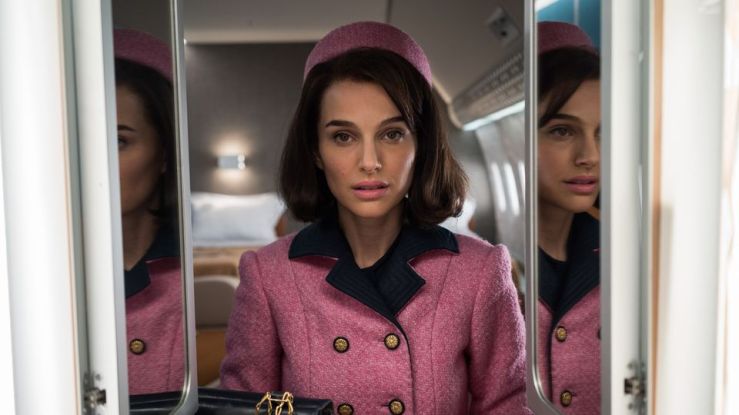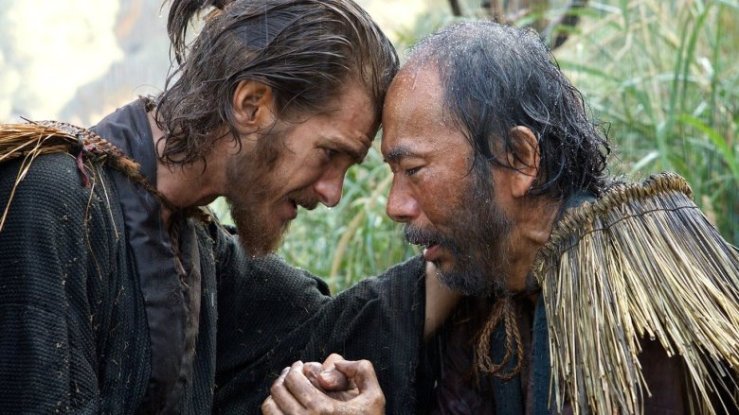
Ruben Östland is no stranger to dissecting the human psyche in his filmmaking, presenting us in 2014’s Force Majeure with the idea of the forward thinking individual masking their fragmented, egocentric, hypocritical inner self through careful cultivation of their language, image and public behaviour. His latest Palme d’Or-winning offering deals with some similar ideas, challenging our perception of ourselves, the strangeness of human behaviour, and the elitist insularity of the modern art world using biting social satire and outlandish imagery. The Square is a film that pushes its viewer to their limits, in which Östland toys with his audience and takes great pleasure in the sadism of daring people to look away.
This is certainly a sprawling, disjointed film with an elusive plot and unconventional structure, meaning its meandering pace and the many unexpected turns it takes are even more conducive to a wholly unpredictable and novel experience. The cinematography and directorial style showcased here by Östland are intentionally extravagant, not only adding an ostentatious quality to the film’s visuals to reflect its central themes, but also representing the folly of so many human behaviours. This meticulously crafted backdrop propels the dry European humour that underpins the whole affair: whilst Stockholm gallery curator Christian Nielsen enjoys the power and privilege that accompanies his prestigious role, he presents himself as a progressive thinker whilst privately encompassing the same traits of self-indulgence and cowardice that we all seek to mask in ourselves. He curates his own persona in the same way he curates the comically empty art pieces that comprise his museum, further lampooned in a particularly hilarious scene in which part of an exhibit is inadvertently vacuumed up by a cleaner. The film is truly a comedy of manners, in which Östland succeeds in holding a mirror up to the secular art world, acting as a microcosm of the middle classes as a whole.
As Christian navigates these ideas through the trials and tribulations of running the museum, the film clearly sets out to satirise the pack mentality and selfishness that are such a prevalent part of human culture, conveniently tied together in the motif behind Lola Arias’ central exhibition that the museum presents to the public:
‘The Square is a sanctuary of trust and caring. Within it we all share equal rights and obligations.’
This is also echoed in the many cries for help littered throughout the film, either real or imagined in some instances. This idea of our unwillingness to help and involve ourselves in the plight and struggle of others is brought together in the film’s pièce de résistance, a bizarre piece of performance art at a press dinner in which a man (Terry Notary), posing as an ape, wreaks terror on a captive audience and highlights some controversial truths about the extent to which humans are willing to turn a blind eye to others’ suffering. This scene in particular had my heart racing, and was a truly adrenalin-packed experience that encapsulates what The Square sets out to achieve. The imagery of primates, not reserved exclusively to this scene, creates an obvious visual contrast between the highly civilised and advanced society the western world have adopted and the slightly murkier instinctual behaviours that lie within. It is this kind of perceptive observation and innovative visual iconography that makes the film such a success.

For all Östland’s filmmaking virtues, this doesn’t stop the film’s message being a little ham-fisted, but this in itself reinforces the rather aggressive satirical overtones the film thrusts upon its viewers. The Square is a raunchy, thrilling and audacious masterwork exploring human relationships and the selfishness of the liberal elite, delivered expertly through unusual pacing techniques, evocative cinematography and an irresistibly dry tone. If Östland’s future outputs are anything like his last two, he will certainly be considered one of the most tenacious directorial voices of the current decade.


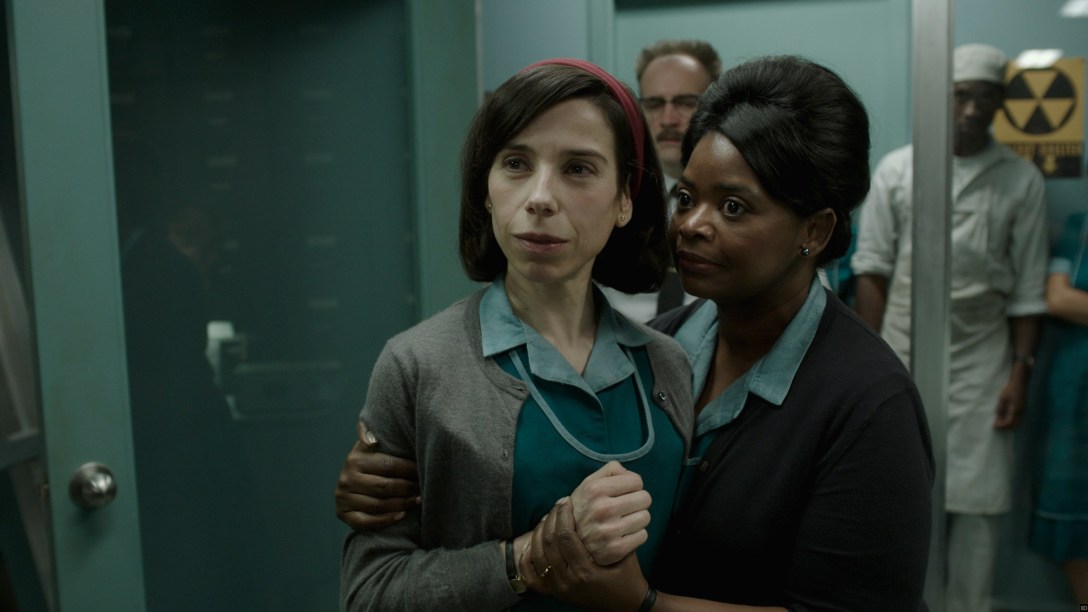



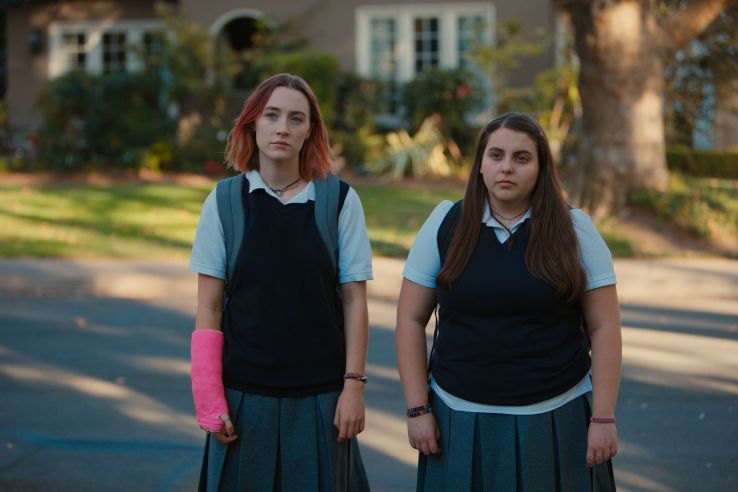
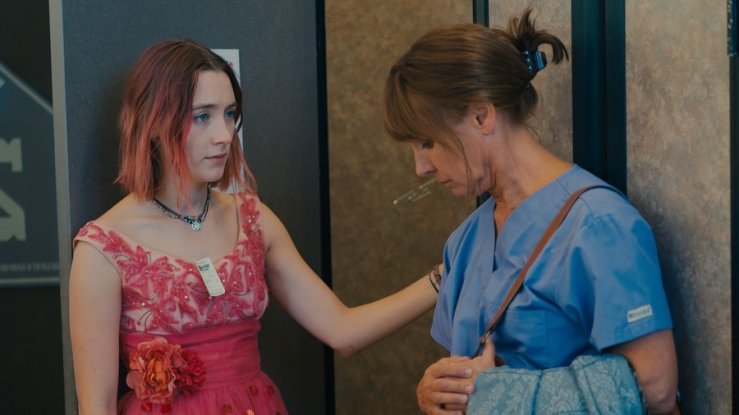

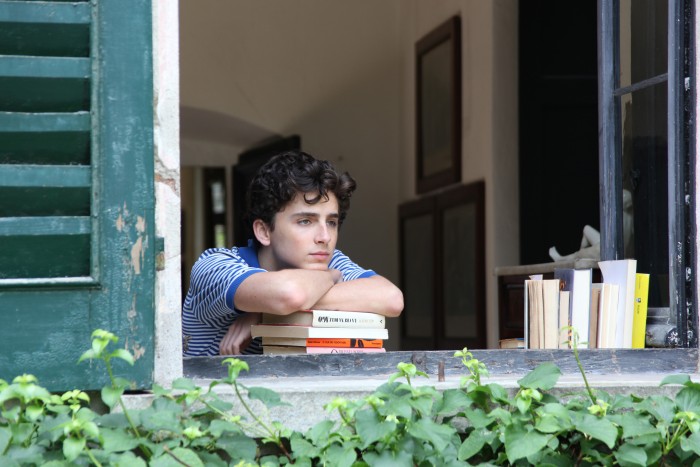
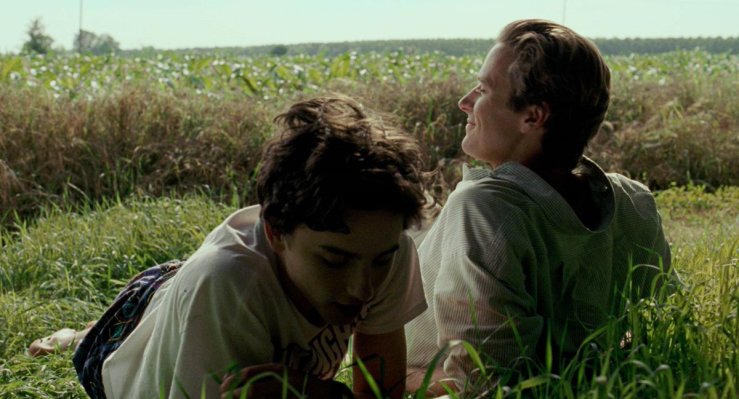
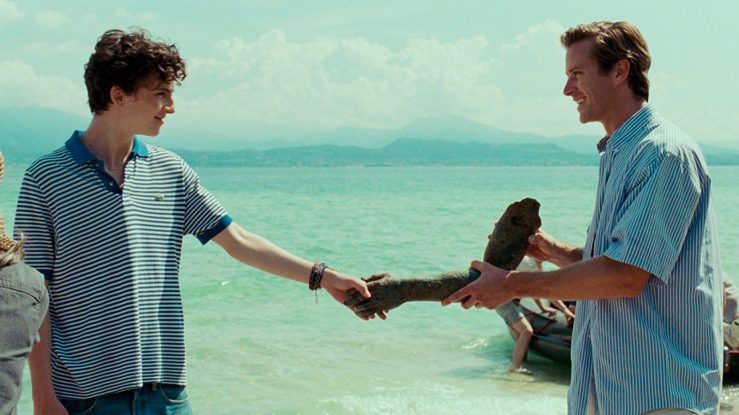
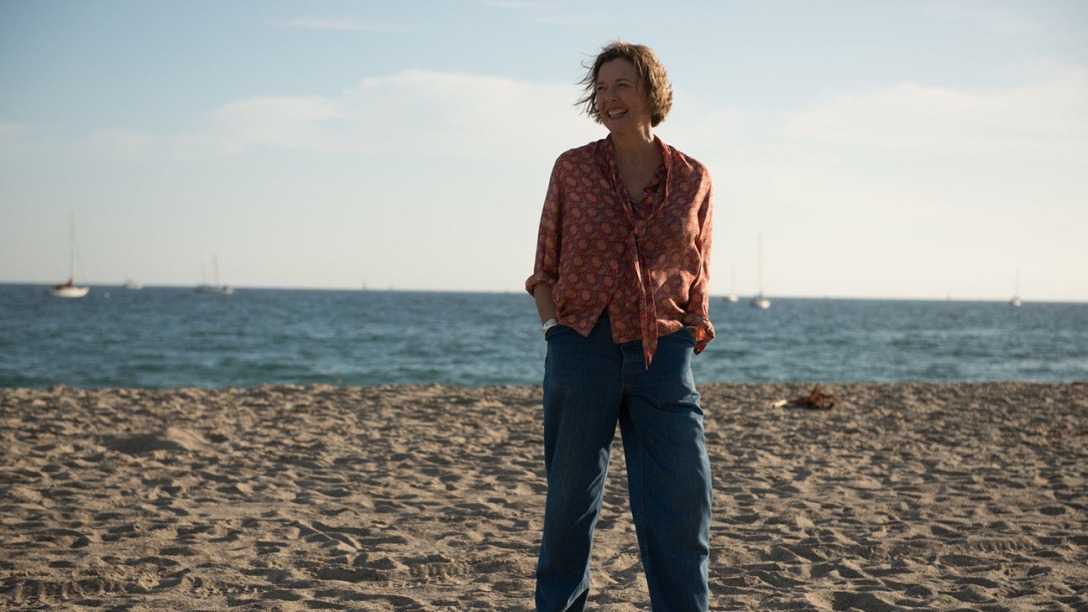
 20th Century Women has a certain melancholic euphoria about it that I can’t quite articulate with words. A soul-cleansing, masterful tapestry of multi-faceted characters and their experiences, the film’s beauty is characterised predominantly by Mike Mills’ exceptional screenplay. Based in part on his own mother, Mills pens an enriching and captivating amalgamation of scenes, woven together by the sublime performances of the wonderful ensemble cast. Annette Bening, an actress who is quite frankly under-utilised in leading roles, is mesmerising as Dorothea, a single mother in her mid-fifties who enlists the help of her twenty-something lodger, punk photographer, Abbie (Greta Gerwig), and free-spirited neighbour, Julie (Elle Fanning), in the bringing up of her teenage son, Jamie (Lucas Jade Zumann). The film explores the impact of these three complex women on the life and coming-of-age of Jamie, as well as a multitude of imposing themes and questions which underpin the lives of each of the characters respectively.
20th Century Women has a certain melancholic euphoria about it that I can’t quite articulate with words. A soul-cleansing, masterful tapestry of multi-faceted characters and their experiences, the film’s beauty is characterised predominantly by Mike Mills’ exceptional screenplay. Based in part on his own mother, Mills pens an enriching and captivating amalgamation of scenes, woven together by the sublime performances of the wonderful ensemble cast. Annette Bening, an actress who is quite frankly under-utilised in leading roles, is mesmerising as Dorothea, a single mother in her mid-fifties who enlists the help of her twenty-something lodger, punk photographer, Abbie (Greta Gerwig), and free-spirited neighbour, Julie (Elle Fanning), in the bringing up of her teenage son, Jamie (Lucas Jade Zumann). The film explores the impact of these three complex women on the life and coming-of-age of Jamie, as well as a multitude of imposing themes and questions which underpin the lives of each of the characters respectively. Whether capturing the heady sense of freedom which comes from hurtling along the highway in a car, lingering on the rippling turquoise of the ocean’s surface, or channelling human connection through the careful composition of a room full of people, the camera acts as a vessel for joy in 20th Century Women, without ever interfering with the audience’s perception of events. In simpler terms, the film will ultimately yield a different experience depending on what you bring to it. It’s both hypnotic and therapeutic, akin to reconnecting with an old after a long period of separation, or stumbling upon a moment of realisation in the midst of unrelenting uncertainty, or clambering into bed after the longest of days. Mills creates characters who know exactly what to say, yet also find themselves in the same unanswerable predicaments as we, the viewers. Every second is warm, comforting and I couldn’t quite shake off the the inexplicable feeling of wanting to cry.
Whether capturing the heady sense of freedom which comes from hurtling along the highway in a car, lingering on the rippling turquoise of the ocean’s surface, or channelling human connection through the careful composition of a room full of people, the camera acts as a vessel for joy in 20th Century Women, without ever interfering with the audience’s perception of events. In simpler terms, the film will ultimately yield a different experience depending on what you bring to it. It’s both hypnotic and therapeutic, akin to reconnecting with an old after a long period of separation, or stumbling upon a moment of realisation in the midst of unrelenting uncertainty, or clambering into bed after the longest of days. Mills creates characters who know exactly what to say, yet also find themselves in the same unanswerable predicaments as we, the viewers. Every second is warm, comforting and I couldn’t quite shake off the the inexplicable feeling of wanting to cry.



